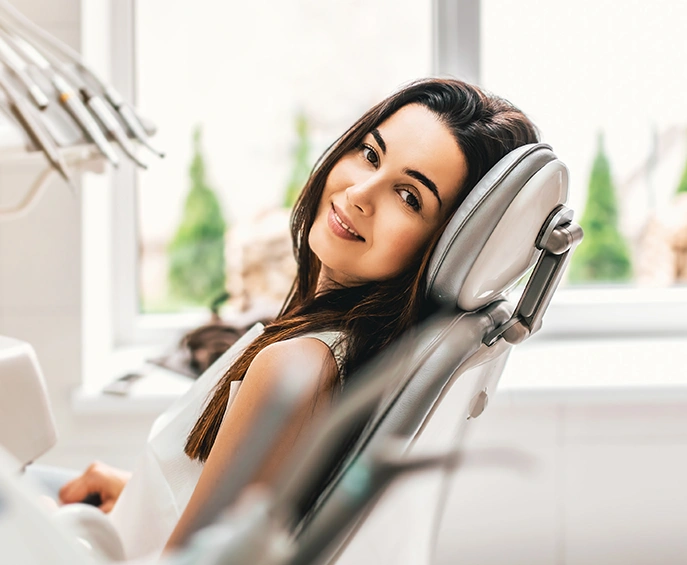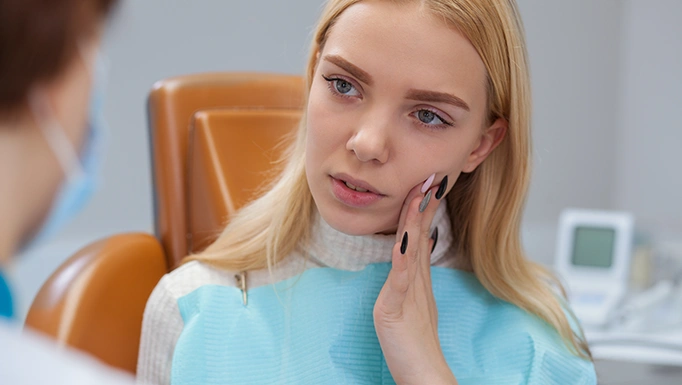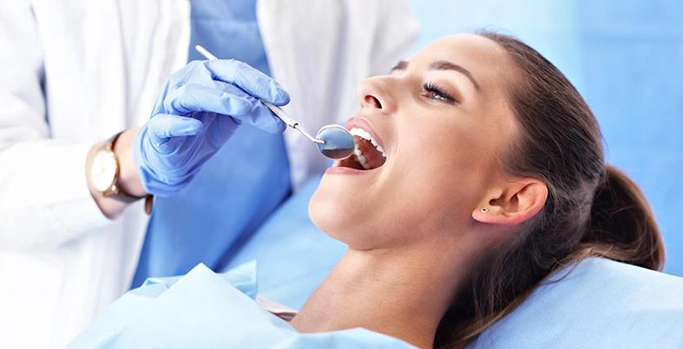Everything You Need to Know About Crossbite
A crossbite refers to an abnormal bite alignment where the upper and lower teeth incorrectly mesh together left-to-right resulting in disordered occlusion. This common condition has several forms and causes, ranging from dental positioning to skeletal jaw mismatches. Thankfully various orthodontic treatments can successfully realign crowded, twisted or uneven bites for better comfort and facial symmetry.
Types of Crossbite
Several classifications of crossbite exist based on positioning:

Posterior Lingual Crossbite
The upper back molar and premolar teeth bite inside the lower teeth. Chewing unduly strains one side.
Unilateral Posterior Crossbite
A functional shift occurring only on one side of the bite with back top teeth crossing inside the lower. Head tilting can accommodate uneven closure.
Entire Arch Crossbite
Upper front and side teeth overlap completely over the lower teeth width, a version of complete malocclusion mismatch.
Anterior Dental Crossbite
Only the upper front incisors and cuspids incorrectly overlap completely over the lower front counterparts. Often accompanies crowding.
Bilateral Crossbite
Both right and left back sides of the upper arch bite inside the lower full molar width abnormally. Impedes effective chewing.

Crossbite Symptoms & Effects
The most overt symptom involves uneven bite alignment between the arches. Further issues arising over years may include:
- Uneven mouth opening and closing motions
- Premature contacts on one side causing chewing difficulty
- Increased teeth wear and erosion on affected side
- Asymmetric smiling, grimacing or speech development
- Head tilt develops to augment dysfunctional bite contact
- Risk of teeth fractures and temporomandibular joint disorders
Left untreated for too long, crossbite worsen - accelerating asymmetric growth patterns between sides resulting in stunted oral functionality.
Causes of Crossbite
While crossbite often arise from a combination of influences, main causes centre on:

-
Genetic Predisposition
Inheriting mismatched jaw dimensions passed down through lineage resulting in uneven fit between the upper and lower arches.
-
Physical Trauma
Delivery injuries, sports impacts or blows to the face region can shift jaw alignment resulting in asymmetric growth.
-
Improper Oral Habits
Chronic tongue thrusting, thumb sucking or nail biting beyond age 6 can displace erupting upper vs. lower permanent teeth.
-
Cleft Conditions
Congenital cleft lip and palate can restrict maxilla development allowing mandible overclosure.
Most crossbite require proactive intervention to overcome exponential decline of function, facial symmetry and dental arch stability when left unaddressed.
Crossbite Treatment Approaches

Indirect Reshaping
Contouring down overlapping edges or building up thinner sides.
Palatal Expander
Widens upper jaw while guiding lower anterior forward.
Braces
Light consistent orthodontic wire pressures individualize movement.
Oral Surgery
Repositioning misaligned jaw segments restores symmetry.

Quad Helix
Fixed upper molar braces push entire arch outward..
Removable Appliance
Clear aligner trays apply specific pressures long term to correct positioning.
Headgear or Herbst Appliance
Redirects growth or enhances chewing leverage long term.

Average Costs to Fix Different Crossbite Severities in the UK
- Minor Dental Crossbite Correction - £800 to £1500
- Fixed or Removable Appliance Therapy - £2000 to £3500
- Full Braces Treatment - £3000 to £5500
- Surgical Jaw Repositioning - £9000 to £15000
Catch Crossbite Early
Seeing an orthodontist at first signs allows custom early intervention to reorient bite alignment relatively easily before disproportionate facial growth patterns or dental compensations set in and complicate correction efforts requiring more invasive treatments. Consult reputable Bayswater Dental Clinic for thorough exams determining appropriate cross bite treatment options.
- Monday 09:00AM - 08:00PM
- Tuesday 09:00AM - 08:00PM
- Wednesday 09:00AM - 08:00PM
- Thursday 09:00AM - 08:00PM
- Friday 09:00AM - 08:00PM
- Saturday 09:00AM - 08:00PM
- Sunday 09:00AM - 04:00PM






